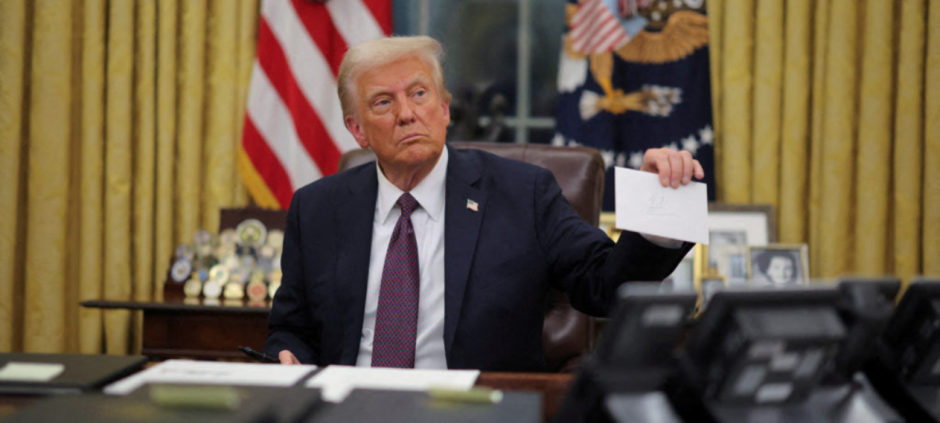The move is part of the administration’s ongoing efforts to restructure USAID, an agency central to providing international development assistance. In January, President Trump signed an executive order targeting USAID funding, and the current cuts come on the heels of that order. The restructuring has already resulted in the closure of USAID’s Washington headquarters and the suspension of various international development programs.
Critics, including President Trump and figures such as Elon Musk, have labeled USAID’s operations as wasteful, arguing that the agency pushes a liberal political agenda. However, the decision has sparked significant concern among development experts who warn of the potential long-term damage to U.S. foreign aid efforts.
Also Read: Trump Pledges to Erase Iran if Threatened with Assassination
Legal Battles and Employee Concerns
Legal challenges have emerged in response to the administration’s actions, with unions filing lawsuits on behalf of USAID employees. These lawsuits argue that the cuts have hampered medical evacuations, left contractors without necessary communications, and left employees stranded in conflict-ridden countries such as Congo. The lawsuits also argue that dismantling a federal agency like USAID requires congressional approval, a point of contention for legal representatives.
Despite these challenges, Judge Nichols’ ruling has allowed the administration to move forward with the cuts, though critics continue to argue that these actions are unconstitutional and detrimental to U.S. humanitarian initiatives.
USAID’s Workforce Shrinks Dramatically
The workforce reduction will leave fewer than 300 USAID employees, down from the current 8,000 direct hires and contractors. These remaining employees will focus on a few life-saving programs that the administration has chosen to continue. Overseas staff have been given 30 days to return to the U.S., with travel expenses covered by the government, though those who stay abroad longer will need to cover their own costs unless granted a hardship waiver.
The drastic downsizing of USAID has raised concerns about the future of U.S. foreign aid and its ability to respond to global humanitarian needs, with critics cautioning that these cuts could have far-reaching consequences for international development efforts.











